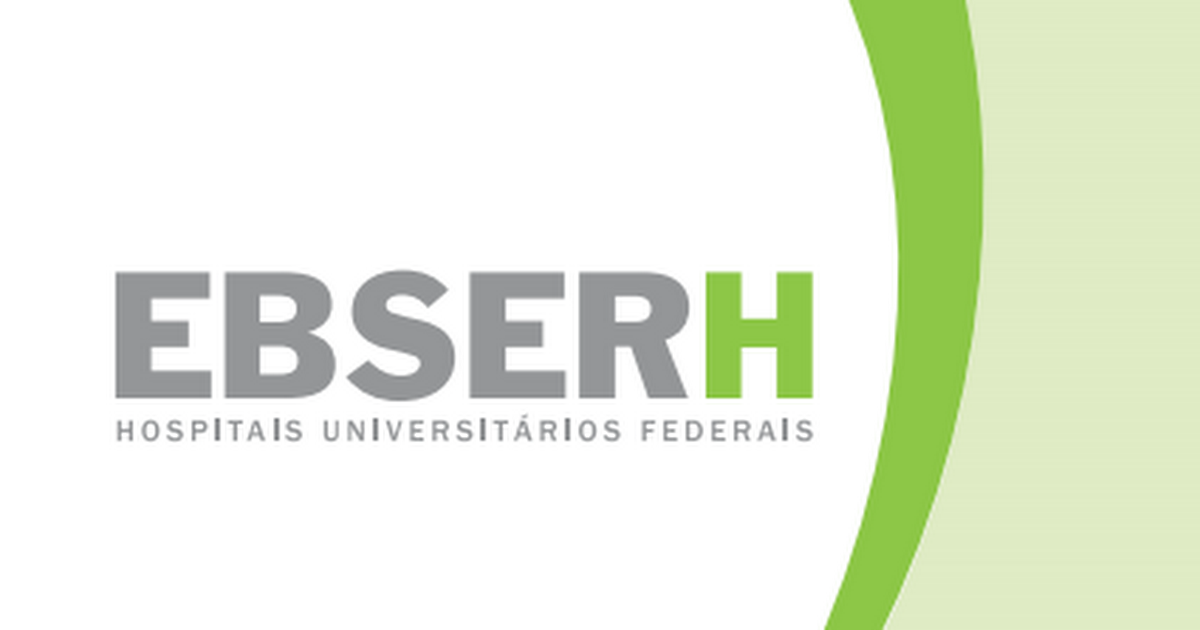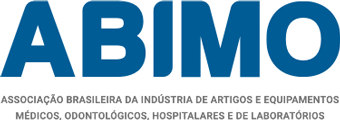PERFORMANCE OF A CAD SCHEME APPLIED TO IMAGES OBTAINED FROM MAMMOGRAPHIC FILM DIGITIZATION AND FULL-FIELD DIGITAL MAMMOGRAPHY (FFDM)
DOI:
https://doi.org/10.18816/r-bits.v2i3.2220Resumen
This work has as purpose to compare the effects of a CAD scheme applied to digitized and direct digital mamograms sets. A routine designed to be applied to mammogram in DICOM standard was developed and a schema based on the Watershed Transform to masses detection was applied to 252 ROIs from 130 digitized mammograms, resulting in 92% of true positive and 10% of false positives. For clustered microcalcifications detection, another procedure was applied to 165 ROIs from 120 mammograms, resulting in 93% of true positive and 16% of false positive. By using the same procedures to 154 digital mammograms obtained from FFDM, the rates have shown a little decrease in the scheme performance: 89% of true positive and 16% of false positive for masses detection; 90% of true positive and 27% of false positive for clusters detection. Although the tests with digital mammograms have been carried with a smaller number of images and different cases compared to the digitized ones, including several dense breasts images, the results can be considered comparable, mainly for clustered microcalcifications detection with a difference of only 3% between the sensibility rates for the both images sets. Another important feature affecting these results is the contrast difference between the two images set. This implies the need of extensive investigations not only with a larger number of cases from FFDM but also on the parameters related to its image acquisition as well as to its corresponding processingDescargas
Los datos de descargas todavía no están disponibles.
Descargas
Publicado
22-11-2012
Cómo citar
Angelo, M. F., Schiabel, H., & Patrocinio, A. C. (2012). PERFORMANCE OF A CAD SCHEME APPLIED TO IMAGES OBTAINED FROM MAMMOGRAPHIC FILM DIGITIZATION AND FULL-FIELD DIGITAL MAMMOGRAPHY (FFDM). Revista Brasileira De Inovação Tecnológica Em Saúde - ISSN:2236-1103, 2(3). https://doi.org/10.18816/r-bits.v2i3.2220
Número
Sección
Artigos Premiados








 Português (Brasil)
Português (Brasil) English
English Español (España)
Español (España)






